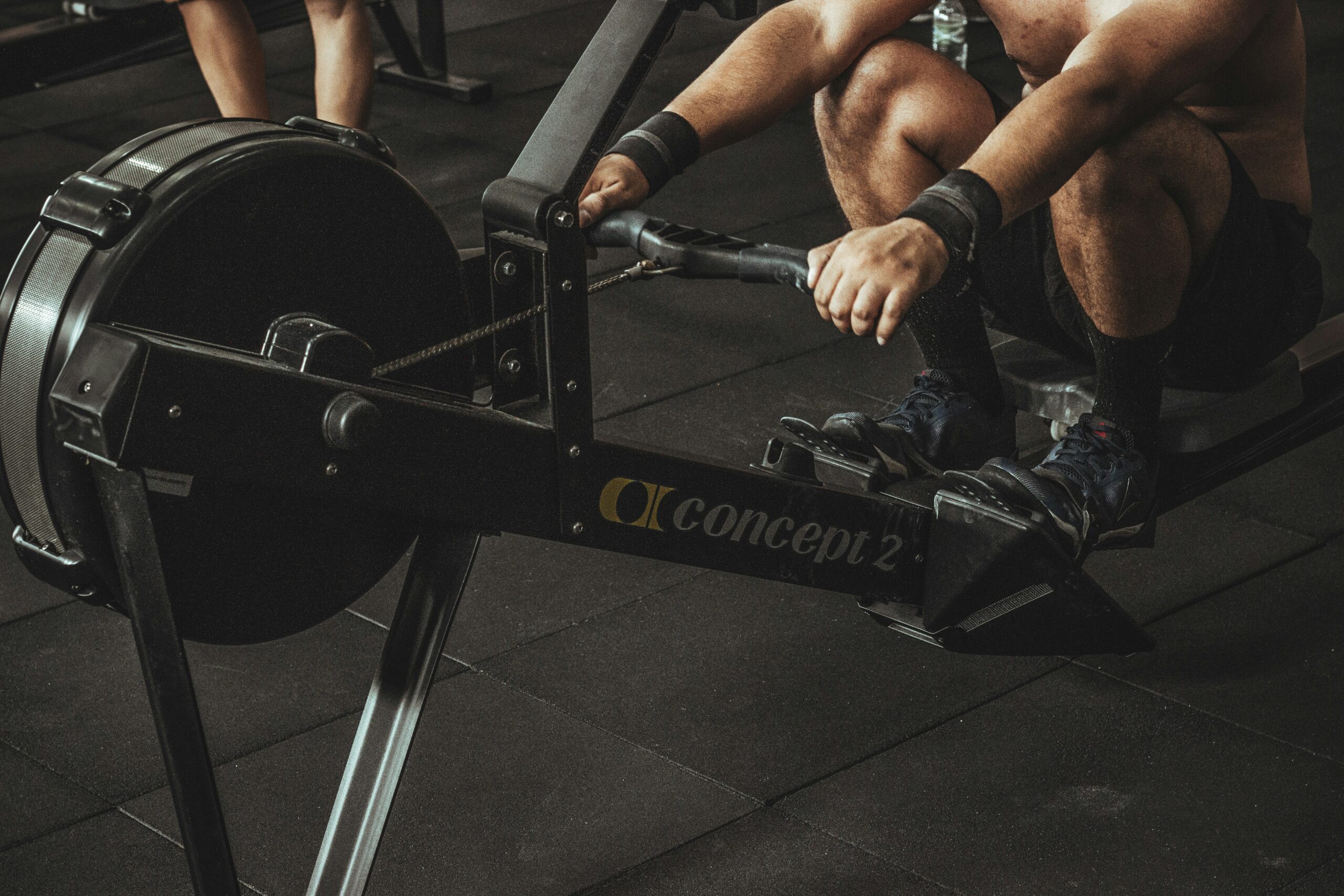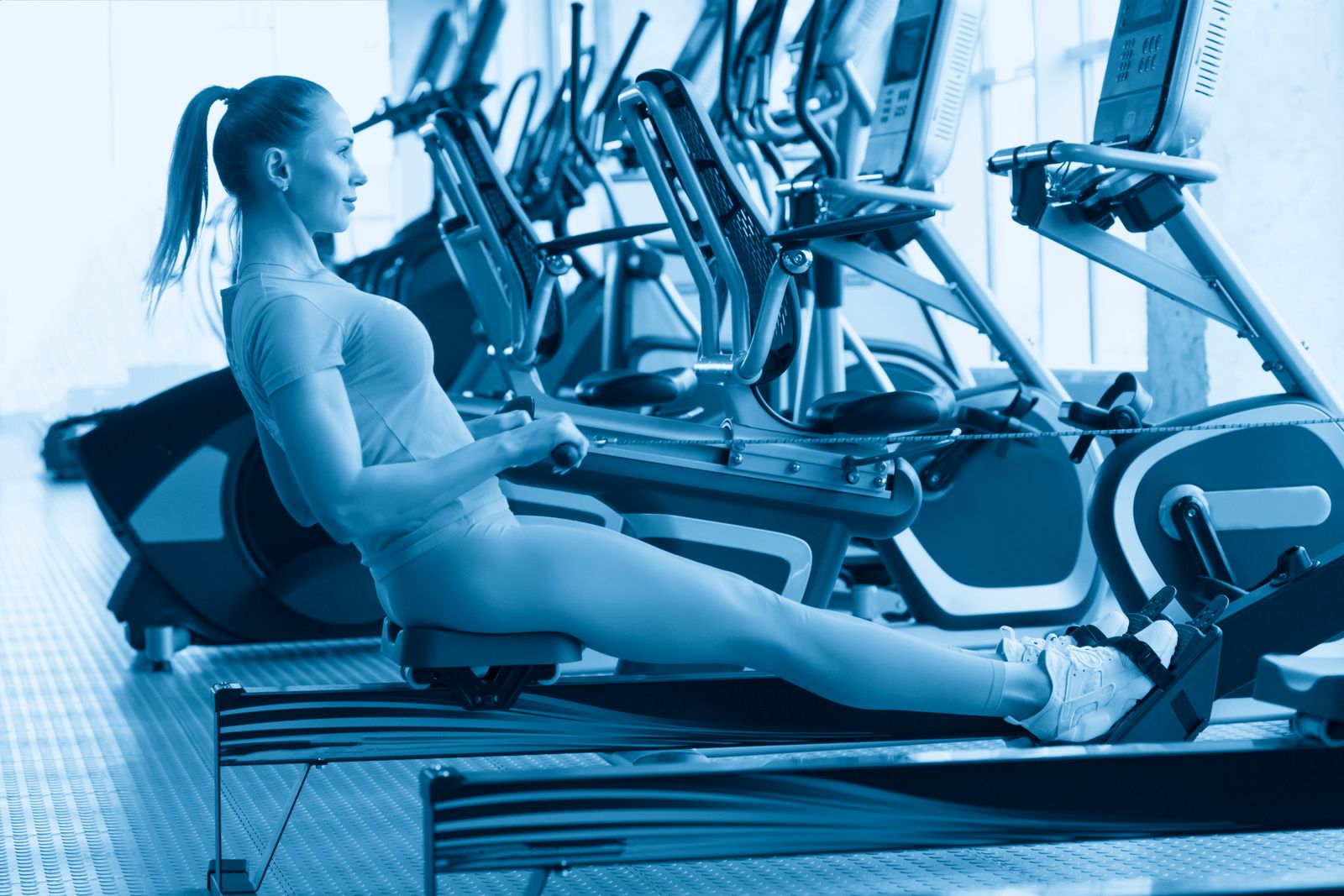
Understanding Lower Back Pain and Rowing
What is it?
Low back pain (LBP) is hard to define and classify as in most of the cases it is not attributed to a specific pathological or structural cause. It can, to some extent, be defined as pain at the posterior aspect of the body, between the rib cage and pelvis, with or without referred pain to one or both legs.
Lumbar pain is proven to be the greatest cause of disability in the world’s general population and one of the most prevalent (widespread, current, persistent) injuries in the human body. With rowing it’s not different. In fact, rowing is, by nature, a risk and aggravating factor for lower back pain due to its cyclic nature and long hours in a flexed position, among other factors. However, rowing related low back pain incidence (how often new cases occur) is slightly higher (2 out of every 3 adult rowers) than the general population (1 out of 3 adults).
What causes it?
The risk factors for the general population have proven to be low income, sedentarism, smoking and poor nights of sleep. Rowers, however, are unlikely to fit into those criteria.
Rowing related low back pain is multifaceted, with the most relevant contributing factors being the cyclic nature of activity coupled with flexed spine for prolonged periods, previous history of LBP, high training volume, spikes in training load and sessions longer than 30min. But who rows for less than 30 min, right?
How to manage?
The management of rowing related LBP should comprise a period of deloading and gradual loading structures (calm things down and build things up again), but also taking into account what we call the biopsychosocial aspects of the individual.
Remember that in most cases LBP can’t be attributed to a specific pathology and structural cause.
Biopsychosocial aspects include, but are not limited to: sleep quality, nutrition, stress (including the pressure involved in the crew selection), preconceived ideas about LBP that might not always be accurate (how could you possibly know, right?), unmet expectations, training load, training season phase, adjunct training strategies, and the list goes on…
Despite understanding these biopsychosocial factors are important, we should also consider the mechanics of rowing to guide us through the downloading and reloading of lower back structures. Biomechanical analysis of rowing position has shown that in order to perform at their best, a rower should be able to comfortably sit on their “sit bone” (what we call ischium), especially during the catch-phase. This position allows the spine to remain upright throughout the rowing phases, limiting the amount of flexion during catching. Flexing your spine, however, is not a problem, and this is a topic for another discussion. But the cyclic nature of rowing in a hyperflexed position, for longer than 30 min, has been proven to be a big contributing factor as mentioned.
One way to overcome this, is by working on your hip and hamstring flexibility, for example, and improving strength and stamina of your lower back muscles. Static strength exercises such as planks are unlikely to help. When training, building up trunk muscles; stamina are helpful not because of its effects on lower back pain (we can’t tell that yet) but because it will help keep a good technique when fatigued.
Here, at Physio4Life, we can help you achieve that. Another important aspect to note is that you don’t need to be completely pain free to train. We should, of course, be mindful about how the aggravating factors affect your symptoms and change the activity accordingly, so that you can keep providing the appropriate training stimulus to your body while allowing your lower back to recover.
A possible way to achieve that is by modifying the activity. For example, if sitting for long hours on a rowing erg or a boat aggravates the symptoms, we could get you running, cycling and strength training if those activities are tolerable. However, this is just a temporary measure, as we know that the more the activity is changed the worse the performance is. But we always should bear in mind that training in pain costs more in the long term than an early deloading to control pain due to the changes in neuro-muscular patterns that inevitably happen when we are experiencing any sort of pain or injury. Muscles can be up-regulated causing splinting to prevent the back from moving or inhibited in the presence of pain. However, different people respond to pain and injury in different ways.
How can we help you?
Pain is complex and multifaceted, and does not equal harm (maybe it’s just your body asking you to take action). However, it is paramount that we rule out any possible neurological (coming from the nerves) compromising conditions and the nature of it (neuro-like symptoms such as referred pain down to one or both legs, constant tingling and toes numbness, etc.) or any potential structural or sinister pathology (red-flags). Knowing when or if you should stop is tricky. Instead, athletes should modify their activity and training approach and continue their sporting activities despite the presence of some level of pain (if mild).
If you are unsure, we can definitely help you out with assessing and managing those aspects here at Physio4Life.
Written by: Bruno Polidoro, Bio: https://www.physio4life.co.uk/team/bruno-polidoro/




